by Michael Haskew
Fought between 1455 and 1487, the War of the Roses was prosecuted by the Houses of Lancaster and York, both branches of the Royal House of Plantagenet, which was of French origin and ruled England for more than 300 years. The end of the Hundred Years’ War in 1453 brought civil unrest to England amid rivalries that were stoked by financial uncertainty and the weakness and diminished mental capacity of King Henry VI.
[text_ad]
Henry VI was declared insane in 1453, and for two years Richard, Duke of York, ruled England as Lord Protector of the Realm, supported by Richard Neville, Earl of Warwick, also known as the “Kingmaker.” Henry recovered sufficiently by 1455 to remove Richard, and York was compelled to raise an army for his own defense. Both houses asserted rights to the throne due to their descent from King Edward III, and the resulting sporadic Wars of the Roses lasted more than 30 years. The wars are named in reference to the symbols of the rival houses, the White Rose of the Yorkists and the red rose of the Lancastrians. The first battle at St. Albans resulted in a Yorkist victory and actually shocked both sides. Efforts to restore order resulted in four years of uneasy peace; however, the seesaw conflict resumed in 1459, and both sides claimed victories on the battlefield.
Reuniting York and Lancaster
Although York was killed in the Battle of Wakefield in December 1460 and Lancastrian forces marched on London, York’s eldest son won a significant victory at Mortimer’s Cross two months later and actually reached London ahead of the Lancastrian force. Crowned King Edward IV, he ruled England until 1470. Political infighting fractured the House of York, resulting in Neville’s alliance with his former enemies. Neville and Margaret of Anjou, wife of Henry VI, restored the former king to the throne as Edward escaped to Holland. Within a year, Edward returned, defeating Neville at the Battle of Barnet and Margaret at Tewkesbury. A defenseless Henry VI was later killed while imprisoned in the Tower of London. Edward again ruled England until 1483.
After Edward’s death, Richard, Duke of Gloucester, shunted aside his nephew who could rightfully claim the throne as Edward V, and gained the ire of many Yorkists when he was crowned King Richard III. Disaffected Yorkists, previously defeated Lancastrians, and French allies threw their support to Henry Tudor, who defeated Richard III at the Battle of Bosworth Field in 1485 and was proclaimed King Henry VII. The following year, Henry married Elizabeth, daughter of Edward IV, uniting York and Lancaster and establishing the House of Tudor, which ruled England until 1603.
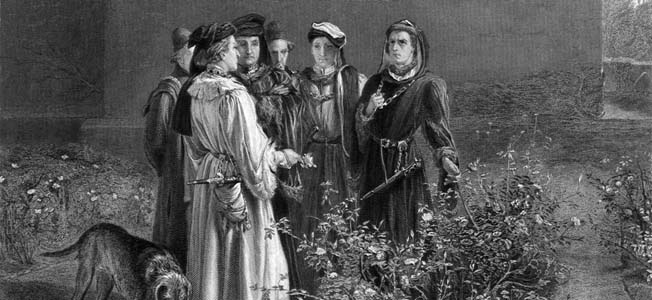
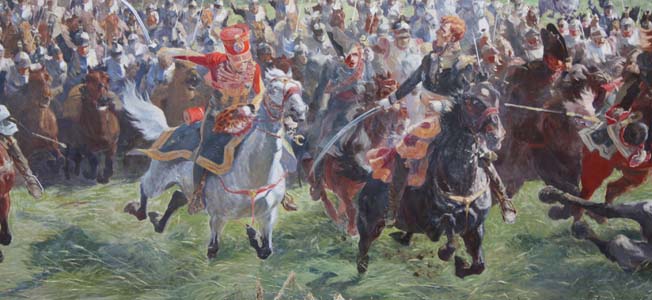
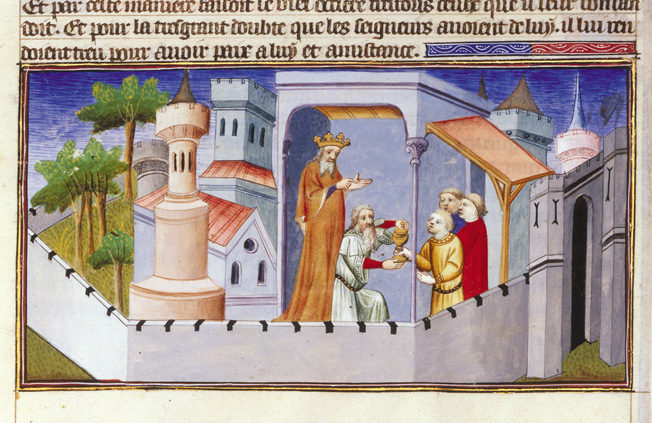

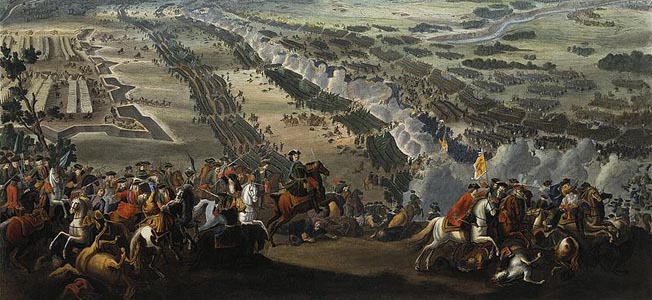
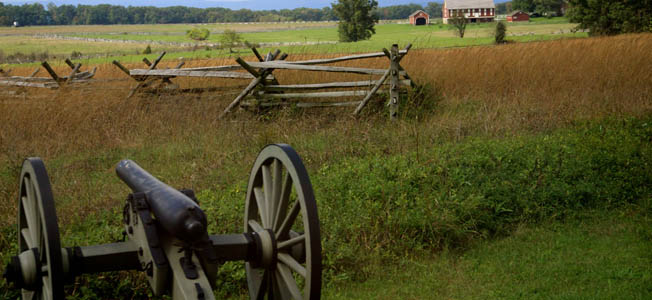
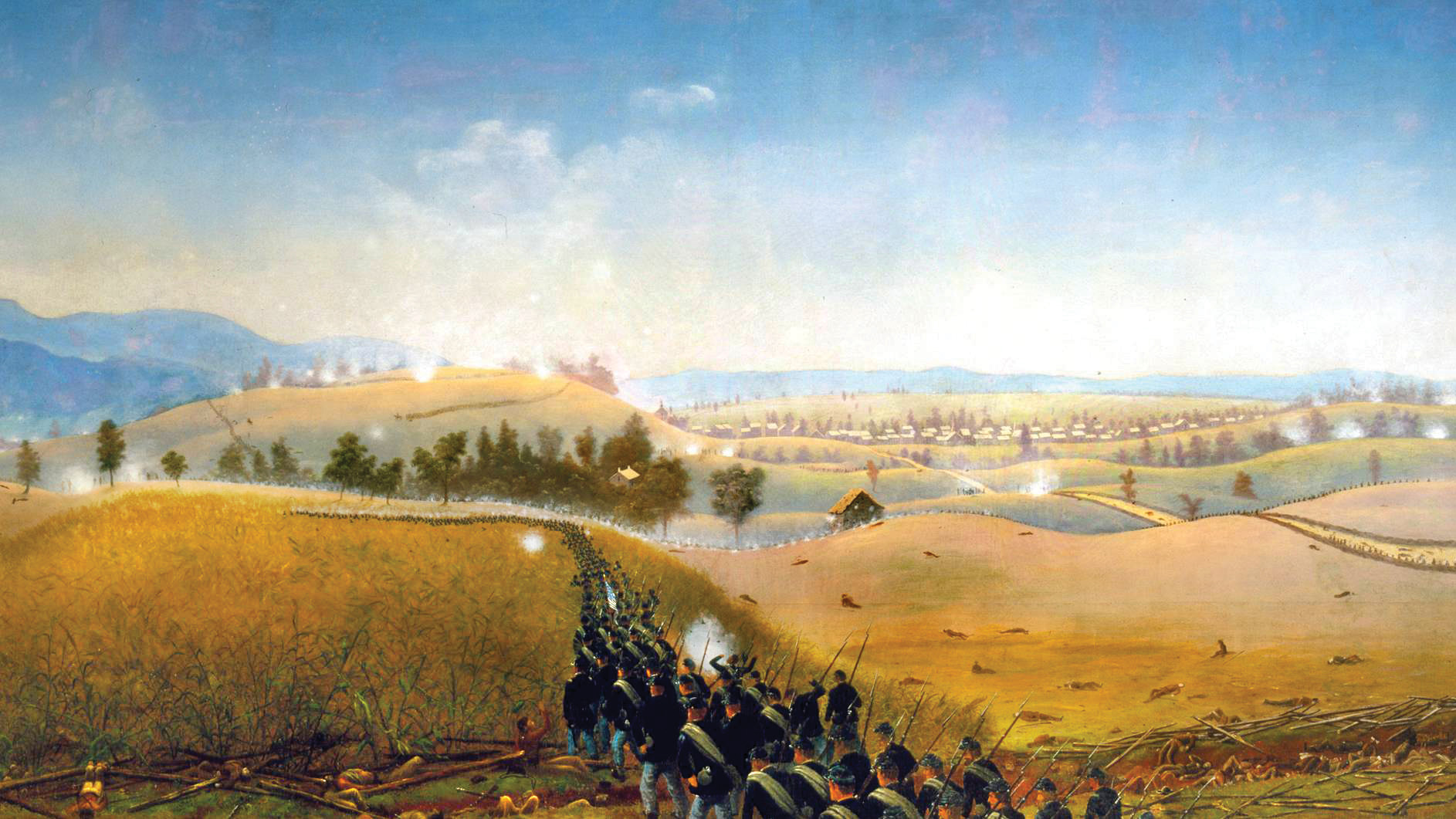
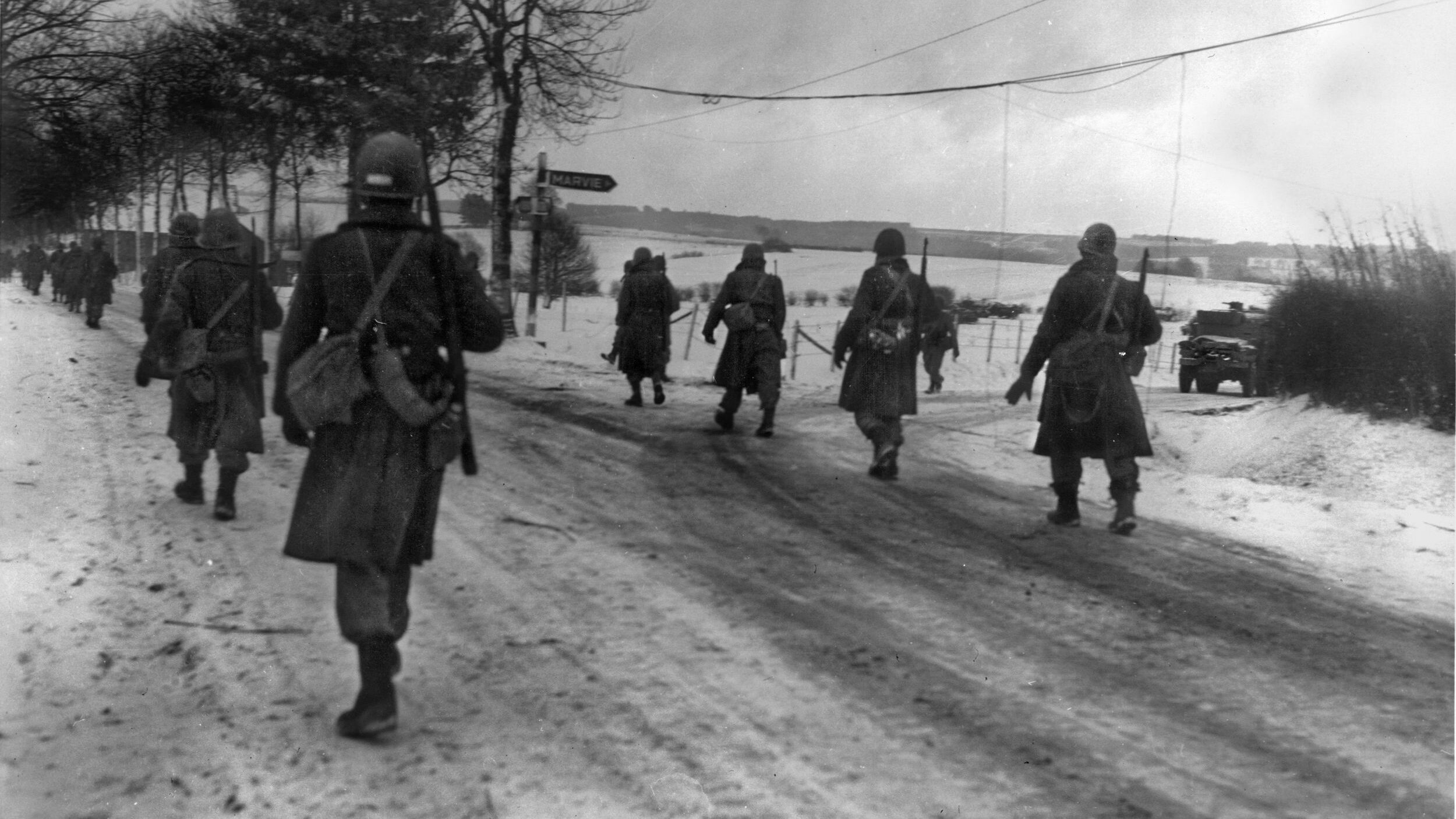
Join The Conversation
Comments
View All Comments